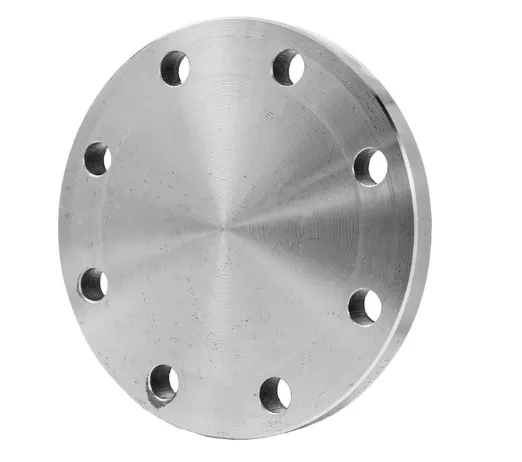-
Cangzhou Yulong Steel Co., Ltd.
-
Phone:
+86 13303177267 -
Email:
admin@ylsteelfittings.com
- English
- Arabic
- Italian
- Spanish
- Portuguese
- German
- kazakh
- Persian
- Greek
- French
- Russian
- Polish
- Thai
- Indonesian
- Vietnamese
- Zulu
- Korean
- Uzbek
- Hindi
- Serbian
- Malay
- Ukrainian
- Gujarati
- Haitian Creole
- hausa
- hawaiian
- Hebrew
- Miao
- Hungarian
- Icelandic
- igbo
- irish
- Japanese
- Javanese
- Kannada
- Khmer
- Rwandese
- Afrikaans
- Albanian
- Amharic
- Armenian
- Azerbaijani
- Basque
- Belarusian
- Bengali
- Bosnian
- Bulgarian
- Catalan
- Cebuano
- China
- China (Taiwan)
- Corsican
- Croatian
- Czech
- Danish
- Esperanto
- Estonian
- Finnish
- Frisian
- Galician
- Georgian
- Kurdish
- Kyrgyz
- Lao
- Latin
- Latvian
- Lithuanian
- Luxembourgish
- Macedonian
- Malgashi
- Malayalam
- Maltese
- Maori
- Marathi
- Mongolian
- Myanmar
- Nepali
- Norwegian
- Norwegian
- Occitan
- Pashto
- Dutch
- Punjabi
- Romanian
- Samoan
- Scottish Gaelic
- Sesotho
- Shona
- Sindhi
- Sinhala
- Slovak
- Slovenian
- Somali
- Sundanese
- Swahili
- Swedish
- Tagalog
- Tajik
- Tamil
- Tatar
- Telugu
- Turkish
- Turkmen
- Urdu
- Uighur
- Welsh
- Bantu
- Yiddish
- Yoruba

Jul . 27, 2024 10:23 Back to list
Exploring the Advantages and Applications of Die Casting Components in Modern Manufacturing Processes
Die Casting Components An Overview of the Process and Applications
Die casting is a manufacturing process that involves forcing molten metal under high pressure into a mold cavity. This technique is widely used to create precise components for various industries, including automotive, aerospace, electronics, and consumer goods. The resulting components exhibit excellent dimensional accuracy, fine surface finishes, and complex geometries that are often difficult to achieve with other manufacturing methods.
The Die Casting Process
The die casting process begins with the preparation of the metal, which is typically aluminum, zinc, magnesium, or other alloys suitable for casting. The selected metal is heated until it reaches a molten state. Next, the molten metal is injected into a rigid steel mold, or die, which has been meticulously designed to form the desired part.
There are two main types of die casting processes hot chamber die casting and cold chamber die casting. In hot chamber die casting, the injection mechanism is submerged in the molten metal, making it ideal for metals with low melting points, such as zinc. In contrast, cold chamber die casting involves pouring the molten metal into the chamber before injection, which is suitable for metals with higher melting points, like aluminum and magnesium.
Once the molten metal fills the die, it is allowed to cool and solidify. The cooling time can vary depending on the type of metal and the complexity of the design. Afterward, the die is opened, and the finished component is ejected. Any excess material or imperfections can be removed through secondary processes like machining, polishing, or surface treatment.
Benefits of Die Casting Components
die casting components

One of the primary advantages of die casting is its ability to produce high volumes of components with consistent quality and precision. This makes it an ideal choice for industries that require large quantities of parts, such as the automotive sector where thousands of identical components are often needed.
Die casting also enables the creation of complex shapes that would otherwise require multiple parts or assembly steps, thereby reducing manufacturing costs and assembly time. Furthermore, components produced through die casting typically have a denser microstructure, which enhances their mechanical properties, including strength and durability.
Applications of Die Casting Components
The applications of die casting components are vast and varied. In the automotive industry, die casting is commonly used to manufacture engine blocks, transmission housings, and various structural components that require strength and lightweight characteristics. Similarly, in the aerospace sector, die casting is employed to create lightweight yet strong components that are critical for performance and safety.
In addition to the automotive and aerospace industries, die casting is also prevalent in the electronics sector, where it is used to produce housings and enclosures for devices. The smooth surfaces facilitated by die casting allow for better heat dissipation, which is essential for electronic devices. Consumer goods manufacturers utilize die casting to create everything from kitchen appliances to decorative items, taking advantage of the process's versatility and efficiency.
Conclusion
Die casting components play a crucial role in modern manufacturing by providing a reliable method for producing high-quality, precise parts across a range of industries. The advantages of this process, including excellent dimensional accuracy, the ability to produce complex shapes, and cost-effectiveness for large-scale production, have made it a preferred choice for manufacturers around the world. As technology advances, die casting will continue to evolve, further expanding its applications and enhancing the quality of the components produced.
Latest news
-
ANSI 150P SS304 SO FLANGE
NewsFeb.14,2025
-
ASTM A333GR6 STEEL PIPE
NewsJan.20,2025
-
ANSI B16.5 WELDING NECK FLANGE
NewsJan.15,2026
-
ANSI B16.5 SLIP-ON FLANGE
NewsApr.19,2024
-
SABS 1123 FLANGE
NewsJan.15,2025
-
DIN86044 PLATE FLANGE
NewsApr.19,2024
-
DIN2527 BLIND FLANGE
NewsApr.12,2024
-
JIS B2311 Butt-Welding Fittings LR/SR 45°/90° /180°Seamless/Weld
NewsApr.23,2024











